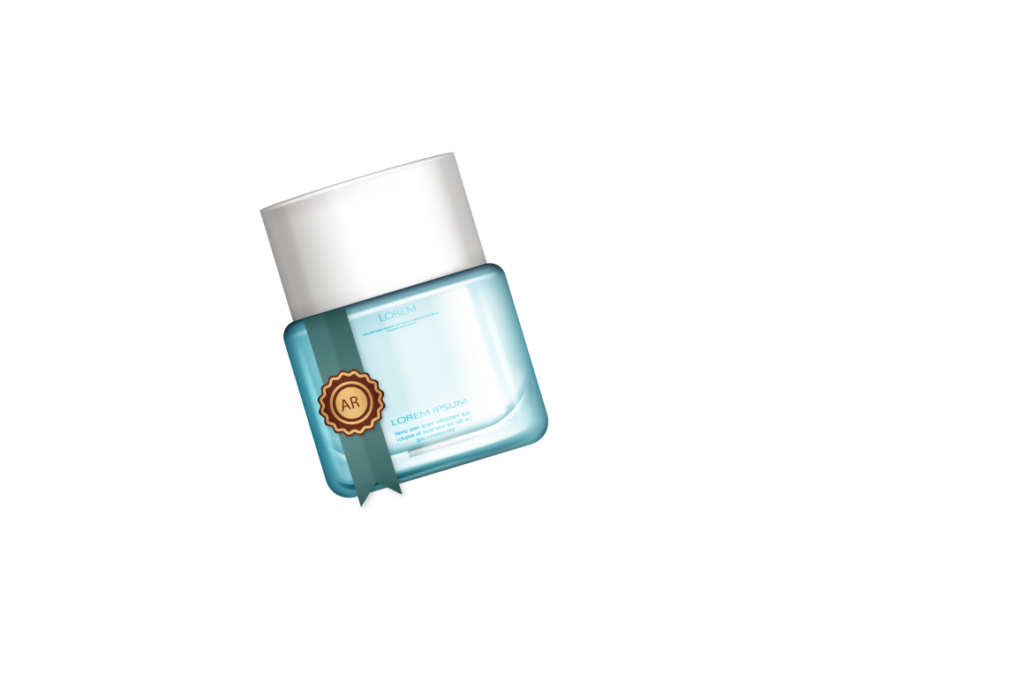Regulation of Cosmetic Products in the European Union
In the European Union, cosmetics are regulated by the European Commission’s Directorate-General for Internal Market, Industry, Entrepreneurship, and SMEs. The regulation requires that all cosmetic products sold within the European Union must comply with the European Union Cosmetics Regulation (EC) No 1223/2009.
Scope of Regulation
The regulation covers all cosmetics: hair dyes, perfumes, skin creams, and makeup within the European Union. These products require certification before marketing.
Certification Process for Cosmetic Products
The certification process is designed to ensure that the products are safe for human use, and that they meet the required quality standards. The certification process includes the evaluation of the product’s ingredients, labeling, and packaging.
Safety Assessment of Cosmetic Products
The first step in the certification process is for the manufacturer to conduct a safety assessment of the cosmetic product. The assessment must take into account the potential risks associated with the product, including any risks to human health. The assessment must also consider the product’s intended use and its potential exposure to consumers.
Notification to Authorities
Once the safety assessment has been completed, the manufacturer must notify the relevant authorities in the European Union before placing the product on the market. This notification includes information about the product’s composition, labeling, and packaging. The notification also includes a summary of the safety assessment, along with any additional data or test results.
Authorities’ Review and Testing
After sending the notification, authorities will review the manufacturer’s details. Subsequently, if safety or quality is a concern, they may request additional information. Following that, to confirm, they might independently test the product.
Marketing and Ongoing Compliance
Once the product has been certified, it can be marketed and sold within the European Union. However, the manufacturer must ensure that the product continues to comply with the requirements of the regulation. This includes monitoring the product’s safety and quality, and making any necessary changes to the product or its labeling.
Ensuring Safety and Quality
In summary, the certification of cosmetic products in the European Union is a rigorous process that is designed to ensure that all cosmetic products sold within the European Union meet the required safety and quality standards. The process includes a safety assessment, notification to the authorities, and ongoing monitoring to ensure that the product continues to comply with the regulation.
EU Cosmetics Product Information File
The Cosmetic Product Information File (PIF) is a requirement for cosmetic products in the European Union. Here are the key points on what the PIF must contain:
- Product Description: A detailed description of the cosmetic product, including its intended use and its physical and chemical characteristics.
- Safety Assessment: A safety assessment report that evaluates the safety of the cosmetic product, including any potential hazards and risks.
- Manufacturing Information: Information about the manufacturing process, including details of the raw materials used, the batch number, and the method of production.
- Ingredient List: A complete list of all ingredients used in the cosmetic product, including their function and concentration.
- Stability Information: Information on the stability of the product, including its shelf life and any specific storage conditions.
- Packaging Information: Information on the packaging used for the product, including any potential risks associated with the packaging materials.
- Claims Substantiation: Evidence to support any claims made about the cosmetic product, including scientific studies, testing data, and customer feedback.
- Microbiological Testing: Results of any microbiological testing carried out on the product, including details of the methods used and the results obtained.
- Notification Information: Details of any notifications or registrations required for the product in the European Union.
- Responsible Person Information: Information about the responsible person or company, including their contact details and their role in ensuring compliance with EU regulations.
